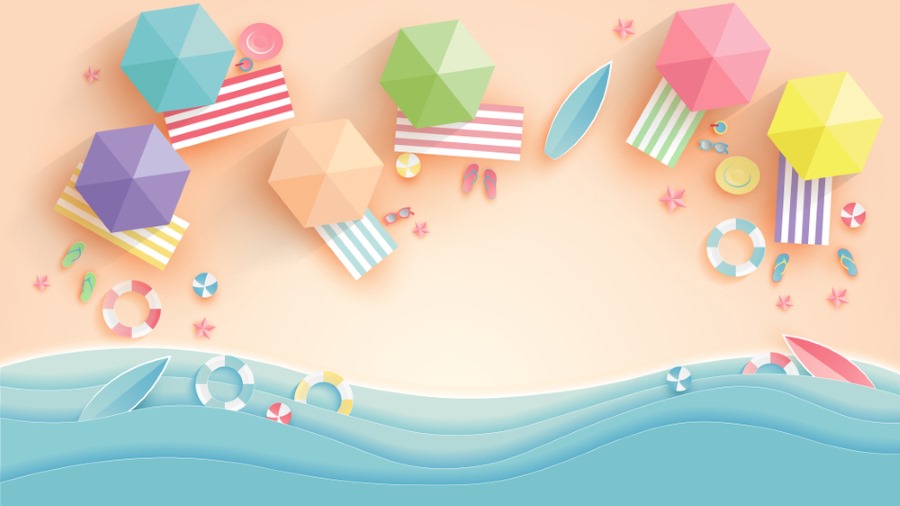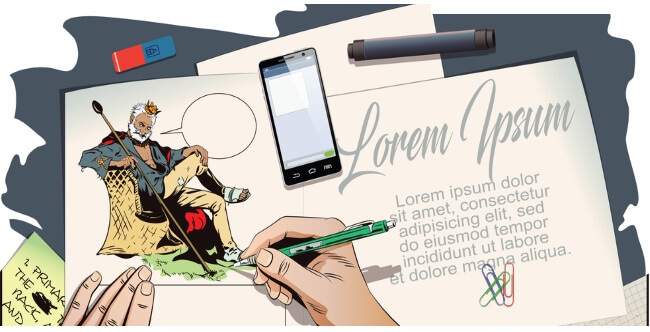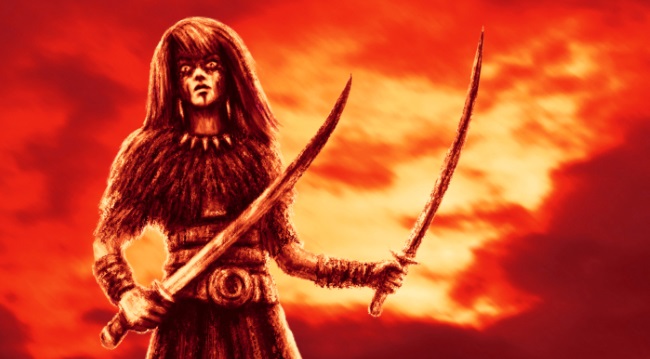ILLUSTRATION STYLES AND TECHNIQUES
There are tons of conflicting ideas as to what constitutes illustration and the kinds of illustration styles that exist at present. This article aims to shed light on this subject. Enjoy!

Illustration vs. designing
Many people get lost at this stage as they do not know what each job description entails. An easy way to describe them is to look into the foundation of their work. A designer will rely on elements such as images and typography to aid them in coming up with visual concepts. However, an illustrator works to create the images that support other mediums and to help in conveying messages. It is easy for illustrators to work as designers and the opposite also holds. Owing to the competitive market that they work in, it has become increasingly important for one to possess a myriad of skills.
Traditional illustrations
The most common form of illustrating back in the day was the use of hand-drawings. Over time, people embraced other types including:
Woodcutting
If you go through old manuscripts, the chances are high that you could come across such illustrations. People started using them upon the invention of the printing press, which was back in the Middle Ages. The essence to these blocks is that people could replicate images, thus making them available for mass production. The main features in this technique included big strokes and the contrast between dark and light. Some illustrators look to this technique to help them achieve a rough feel.
Metal etchings
Traditional etching is quite a process with excellent results. The illustrator takes a metal such as steel, zinc or copper and lines it with an acid-resistant waxy ground. They then proceed to scratch off the cover with a needle at sections where they wish to have lines before dipping the plate into acid. The remaining ground gets cleaned before the metal plate gets inked. The ink will appear on the etched lines, and when pressed against a sheet of paper, a print will form.
Lithography
This term comes from the Greek word for stone. Initially, people would draw an image using wax, oil or fat on a smooth lithographic limestone plate. Over time, illustrators use this method in producing lots of print materials. Though the styles depicted in this category are different, they share a certain softness.
Pencil work
This type is quite a favorite owing to the number of ways in which illustrators can exploit it. First, one can easily create sharp lines alongside transitions and shadows, thus resulting in a rich finishing. You can also use this as a means to an end by loosely sketching an image and using another material to finish the job.
Charcoal work
People looking for precision will not have this option as their first choice, but it is excellent for fast sketches. Using this, you can work on many textures while achieving shadows and a natural image in the end. You can also create a softer image by blending the soft material with your fingers.
Watercolors
This kind of illustration results in airy, soft images with lots of depth and it is excellent for use in fashion, cookbooks and feminine paintings owing to its light nature.
Modern methods
Digital programs allow illustrators to work on their skills and express themselves better and they have led to the emergence of lots of techniques:
Freehand
This option works great for anyone looking to create a complex background with fine detail coupled with light transitions. Blowing up these images to specific sizes could lead to loss of quality.

Vector graphics
In this option, you can resize the images without losing quality. It works great for web illustrations, and the main features include clear shapes, definition, and outlines.

Styles used
These refer to the genres at present, and they include:
Concept art
You will find this kind of illustration in gaming, animation and fantasy illustrations, among other media in this category. In this style, the illustrator works on various concepts in one theme where the client gets to choose the development as well as the creation process.
Books
Editorial illustrators work to create images that are in line with their client’s publication. Illustrators also work on creating logos, adverts, and packaging concepts. This industry has been on the rise for a long time, and illustrators expect that there will be more styles and techniques in the future.
Comics
Comic illustrators use both text and images to convey ideas. However, some comics lack descriptions and instead, the illustrator expresses the message through meaningful models.
Children’s books
Here, you will come across naïve drawings all the way to detailed and realistic images, all depending on the target age group.